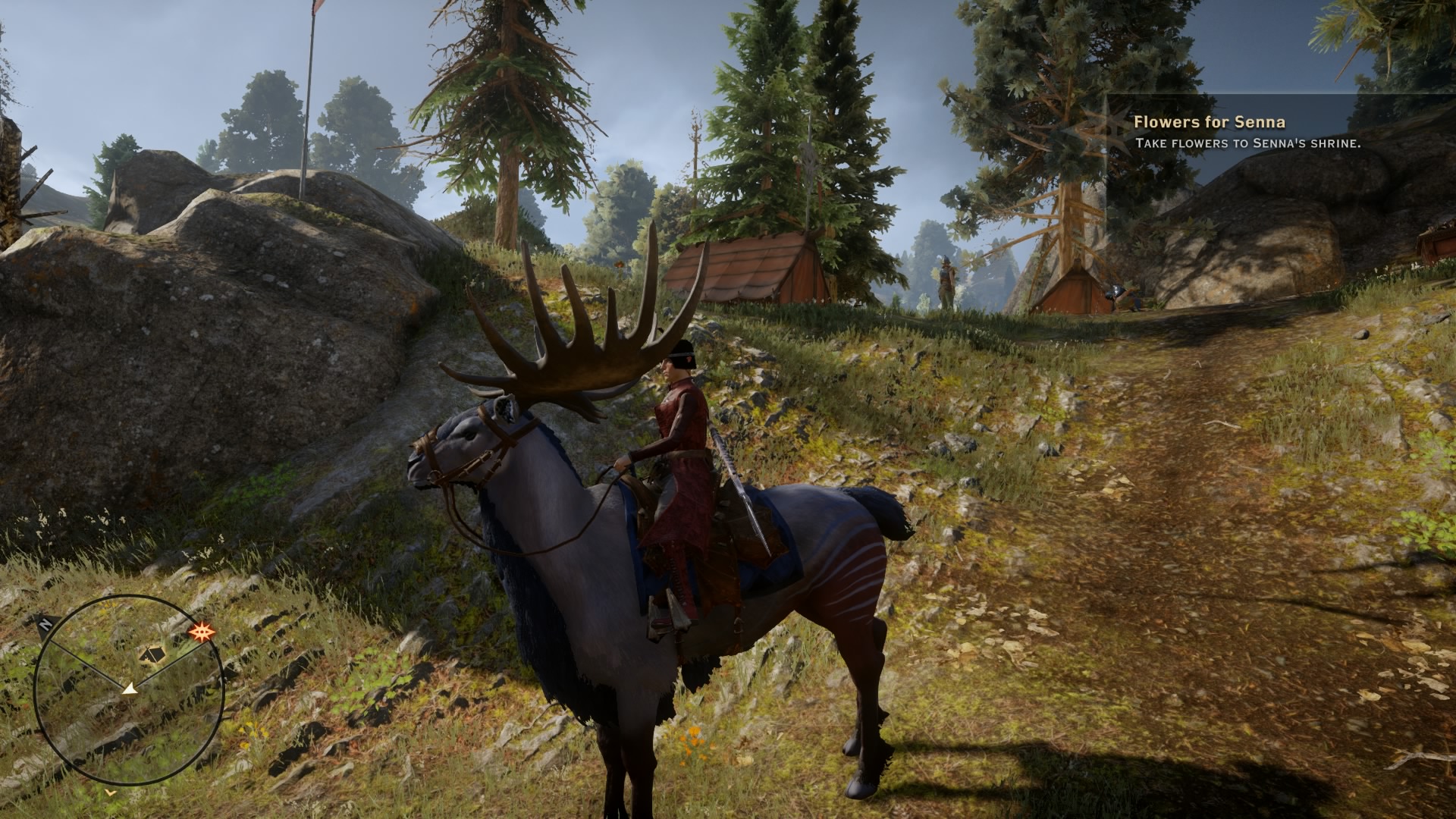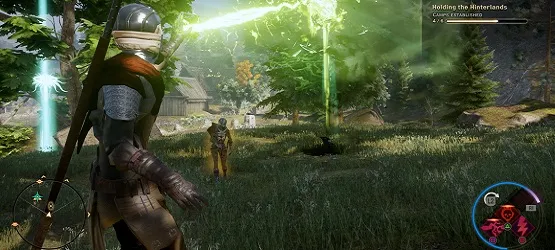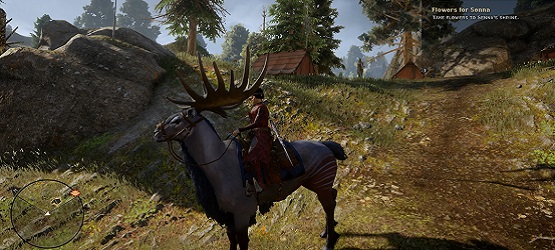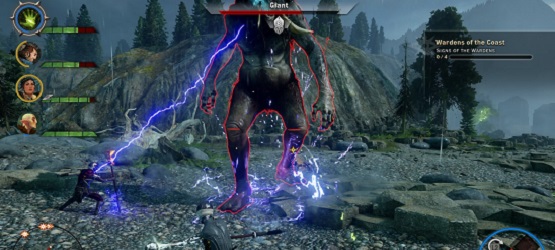When I received Dragon Age: Inquisition a couple of weeks ago, I was incredibly excited to get started on it. I had read all the news about it, and knew that it would have open areas, tactical combat, and exciting character development. I thought I knew what to expect based on everything I had read; and because I had played the first two Dragon Age games. What I was not expecting, but what I found, was the best console RPG I have ever played.
I don’t give that title lightly – I have played Skyrim, Zelda, Mass Effect, and many other console titles. Dragon Age: Inquisition, however, surpasses all of those games. Maybe it’s because I’m a sucker for party-based RPGs, or maybe it’s because I love a game that tells a good story. Perhaps it’s because games that feature beautiful, diverse, open landscapes catch my eye. Honestly, I am not entirely sure, but I am entirely certain that Inquisition is unlike any Dragon Age game you’ve ever played before.
The Creation of a Hero
The very first thing that struck out was how many options I had when making my character. I knew before I even loaded the game that I wanted to be an elven mage. I loved how magic worked in Dragon Age 2, and although elves in the Dragon Age universe have always been somewhat odd-looking and awkward, I knew that I didn’t want to be a human like I was forced to be in Dragon Age 2. Even though I had seen the character creation trailer online, it still was amazing how many facial features I could change to make my elf character. I spent a good 30 minutes trying to give him a cool mystical tattoo, some rugged battle scars, and a bit of an Owen Wilson-esque broken nose look. Couple all those things with the fact that my character was an elf, and you have got yourself one ugly guy.

That was okay, though, because despite his incredible ugliness, he looked like he could easily beat people up, which is what I was going for. After finishing up the character creation part, I briefly looked over the classes I could choose: warrior, rogue (daggers), rogue (archer), and mage. While being an archer sounded fun, I stuck with my original plan of being a mage.
Magic in Inquisition is much more intense than it ever was in the first two titles. This is partly because everything looks so much better; meaning fireballs or arcs of electricity look brighter and deadlier, and partly because magic has so many uses. Mages can be healers, they can give barriers to their follower, they can stun enemies, or they can just make their enemies explode into little bits. They are more versatile and stronger than ever in Inquisition, which made me extremely happy that I (seemingly) made the right choice going for a mage from the get-go.
Rifts, Rifts, and More Rifts
After I made my character, the game instantly began moving me through the story and introducing me to numerous characters that I remembered seeing from previous Dragon Age titles. Inquisition takes place not too long after the events of Dragon Age 2, meaning many characters will reference things that happened in that game. Unfortunately, due to some technical issues with the game, I was not able to import my saved characters and choices into Inquisition. I highly recommend that you do this, however, as it will almost certainly make the game far more enjoyable for you. If you have never played a Dragon Age game before, don’t worry! BioWare has made great strides to educate players on the game world’s lore and history, so much so that newcomers will have no problem feeling right at home within the world and story.
The main story of Dragon Age: Inquisition revolves around Rifts that have opened up in the skies. These Rifts are letting in demons from the Fade, which is a sort-of netherworld area that holds numerous otherworldly beings. These Rifts have been formed by a mysterious figure called The Elder One in a plan to conquer the world. It looks fairly dark for the people of Thedas, at least until your character shows up with a strange, green marking on his or her hand. With this marking, the character has the power to close these Rifts and stop the demons from pouring into Thedas and killing innocent people. That power grants your character the title of Inquisitor, and allows him or her to rule over The Inquisition while they attempt to close the Rifts and stop the Elder One. It is an incredibly fun and deep story. It brings in elements from the previous games seamlessly, while also adding plenty of new things to the game.
However, while the main story is both lengthy and enjoyable, it’s not what hooks you in the game. The real fun lies in the countless side quests scattered everywhere throughout Inquisition. Unlike the previous two Dragon Age games, Inquisition features large, open areas. Similar to, say, Destiny, there is a large world map, but only certain highlighted areas of that map can be visited. While I was at first skeptical of how an open-world concept would apply to these select areas, I realized the second I took my first step into The Hinterlands that I loved this concept.
The Great Outdoors
Each area is incredibly huge. While they do vary quite a bit in size, even the smallest area could take hours to explore, with the largest areas could take tens of hours to fully find everything. Luckily for you, Inquisition has added horses into the game. Actually, they added deer-like animals, dragon-like animals, and horses into the game, all of which can be ridden. For the purpose of this review, I will just refer to all of those animals as horses, as they all do the same things, which is to help you traverse the lands much, much faster.
Horses are a great way to get around the game’s huge areas. They move quickly and can be used to trample enemies that get in your way. The only issue with the horses is that combat is not allowed while a player is on one, unfortunately. Sure, you can trample an enemy in your way, but you are not able to use a sword or a bow or a magic spell on that enemy. In fact, when on a horse, your whole party disappears until you get off of the horse, making it virtually impossible to fight enemies. It feels as if the horses were hastily thrown into the game, especially since their animations seem slightly off, too. Truth be told, I did not enjoy riding on the horses but sometimes found it necessary, as they can save huge amounts of time in the large areas.
Each open area is unique – some feature woodland environments, some feature sandy deserts, while others might have your party traverse though a swampy mess. Every one of these open spaces has different plants to harvest, ore to mine, and wildlife to kill. Deer and foxes might run through the forest, while scaly lizards and pack animals might move through the desert. These animals can be hunted and killed for their skins, which can later be used for crafting.
Besides the diverse wildlife, every area has numerous side quests to pursue. Many quests involve killing certain monsters or collecting certain objects, as RPGs like to have players do. However, other quests are wildly creative and fun. I remember doing one quest in which some young man had lost his pet goat, Lord Woolsley, in the woods. Deeply distraught, the man asks the player’s party to help hunt the goat down and lead him back into the man’s loving arms. It is a goofy and adorable quest, and there are many more equally creative side missions throughout the game.
So Many Things to Do
Many of those side missions come in the form of character missions, which involve either getting a new follower or helping a follower out in some way. A total of nine followers can be obtained in Inquisition if the player chooses the recruit them, and all of them are diverse individuals. Some, like Varric, are old fan-favorites, while others, like the Grey Warden Blackwall, are unique to the game. Like in other Dragon Age games, the followers can be romanced. Unlike in other Dragon Age games, however, there is the possibility for homosexual romances, which is a great addition to the game. Romances are fun and add another layer of character development into the RPG.
Besides hooking up with them, followers can also be taken with you as you go off to finish up quests and slay bad guys. A total of three followers can be taken with you at a time, and it’s not always easy to choose which ones to bring. In some quests, say, a quest involving mages, it might be useful to bring Vivian, as she knows a great deal about mages and can help in unforeseen ways. However, she might not quite fit into your party. For example, I never chose Vivian, as my character was a mage. Instead, I chose Sera, a seasoned archer, Blackwall, a seasoned fighter, and Cassandra, who is another tough-as-nails fighter. Having that kind of class diversity made it easier to win most fights.
Another thing that made it easier to win most fights is the game’s tactical view. With the press of a button, players can pause all combat in Inquisition and order their party members to take different actions. Party members can be told to move to certain places, utilize certain skills, or even just drink a health potion. Being able to pause the battle comes in handy when fighting tough enemies. Even so, switching to that tactical view is not really necessary. I played through the game on hard, and very rarely had to switch to the tactical view. It’s still nice to know it is there, however, and occasionally come in handy during tricky situations.
I Have the Power
Like almost all RPGs, winning battles and completing quests grants the player experience points. After getting enough of them and leveling up, players are able to choose one new skill or spell. Rogues might have to choose being able to set up traps or being able to shoot explosive arrows. Warriors might have to decide if they would rather be able to lure enemies away from other party members of if they want to bash opponents with their shields. Meanwhile, mages might have to pick being able to revive other party members or blasting bad guys with fireballs. The choices are tough make, and choosing poorly can make for an unbalanced character or team. Luckily, players are able to buy amulets that allow them to re-pick all of their skills. I used up four amulets before finally settling all my points into the Necromancer skill set, which is a specialist skill set. Specialist skill sets are not available right away, but they become available about halfway through the game. They feature more powerful skills than the normal ones, but players can choose only one out of three possible sets, and that choice is final.
Besides gaining experience points, players also gain Inquisitor points by completing quests. These points allow you to unlock certain skills that will help the entire party. Some of these skills include being able to purchase better weapons, being able to gather more herbs, or being able to see more things on the mini-map. To select these Inquisitor skills, players have to go to the War Room.
The War Room is one of the most unique and fun things that BioWare added into Inquisition. Here, players can complete numerous quests and not actually do any work. Instead, you are able to send agents out to do the work for you. Each job, whether it be gathering materials or helping stave political unrest, takes time. The nice thing about that, though, is that it runs in real-time, and counts down even when the game is off. I always did long quests, like the ten-hour quests, before bed, so I was able to turn the game off and have the quest finished the next day.
Many of those agent quests revolve around getting materials, which can be used for crafting. Crafting in Inquisition is much, much better than buying weapons or armor from stores. Crafting materials are easy to come by, either because a player used agents to get a bunch of materials or simply found skins and ores while exploring some area. Either way, gathering materials is easier than gathering money, and can produce better products. Honestly, the only way to get truly great items is to craft them, and it depends on you on whether that’s a good or a bad thing. On one hand, I like that crafting plays such a big role in Inquisition, but on the other hand, I felt like every merchant I went to never had anything unique and always had the same basic stock. However you get them, Inquisition still has a lot of weapons and armor that players can use.
Despite the small issues with the horses and the lack of items players can buy from merchants, I can still safely say that Dragon Age: Inquisition is the best console RPG I have ever played. The beautiful graphics grabbed me, the detailed characters reeled me in, and the open areas and numerous quests made me fall in love with the game. Overall, I spent around 55 hours on the game, and while I only recently finished the main story line, I still have many more side quests that I can play. If you’re an RPG fan,you owe it to yourself to play Inquisition, and somehow, I don’t think you’ll regret it.
(Ed’s Note: At the time of review and publication, Dragon Age: Inquisition’s multiplayer mode is sadly not functional, as numerous technical errors have prevented all PlayStation 4 versions of the game from safely connecting to the internet. BioWare has said that it’s working on a fix, although no definite time for when the fix will be available has been given. When the patch comes, PlayStation LifeStyle will update the review and score accordingly if it’s warranted).
Review copy was provided by the publisher. For information on scoring, please read our Review Policy here.
-
Amazing visuals
-
Immersive gameplay, story, and characters
-
Great crafting system
-
Merchants are somewhat useless
-
Horses could be improved
Dragon Age: Inquisition Review Screenshots
-
Dragon Age: Inquisition Review Screenshots
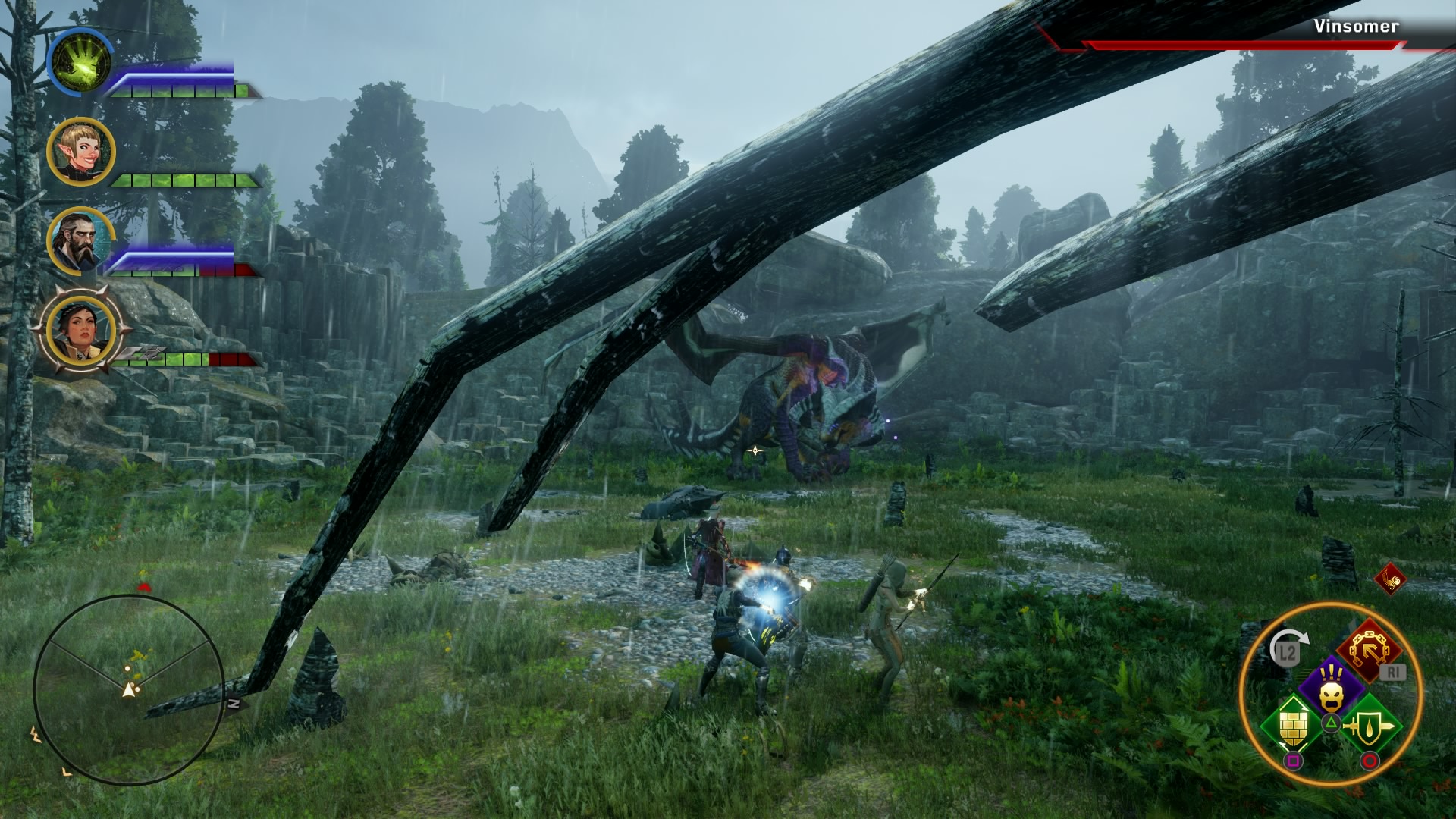
-
Dragon Age: Inquisition Review Screenshots
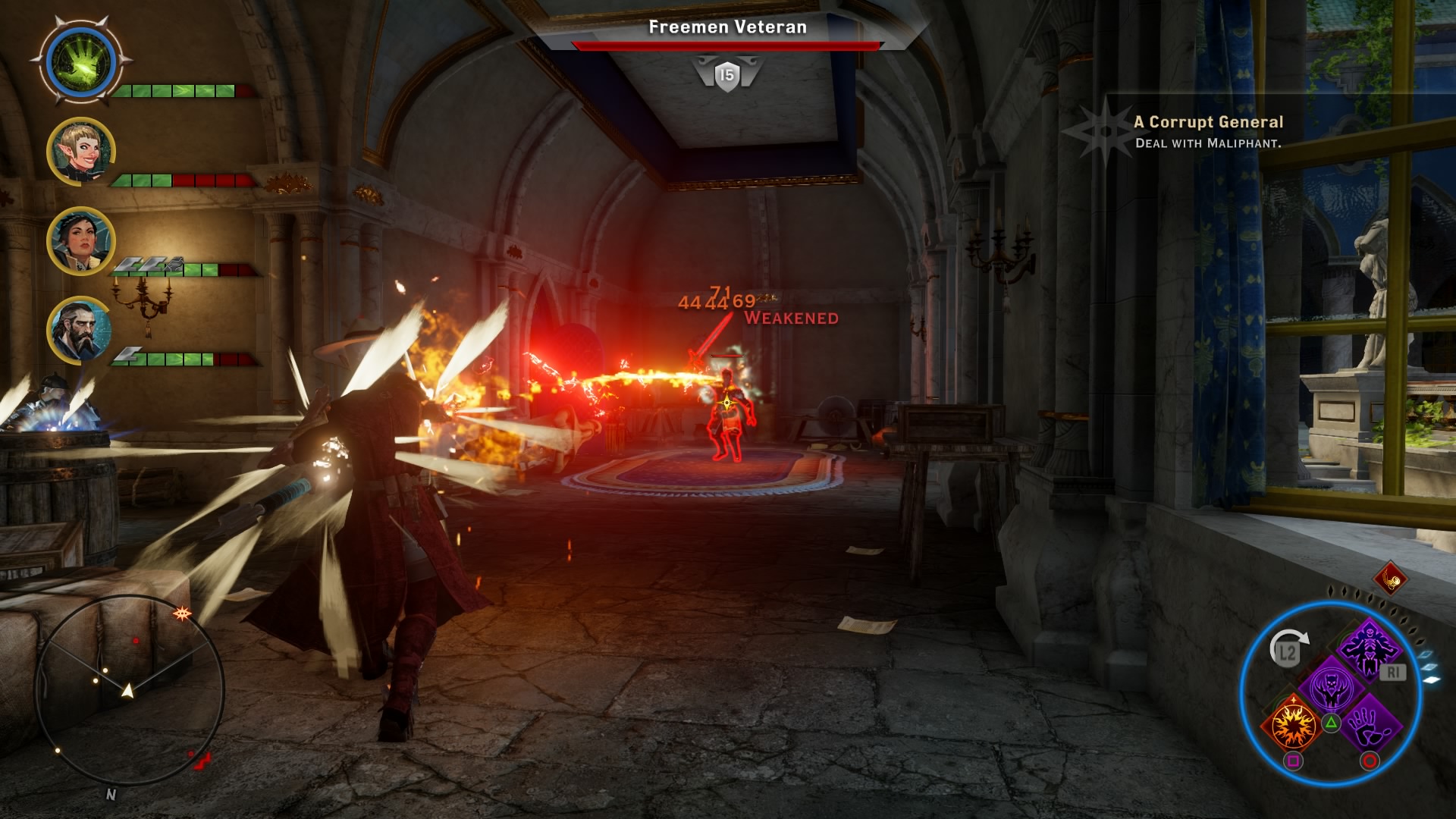
-
Dragon Age: Inquisition Review Screenshots
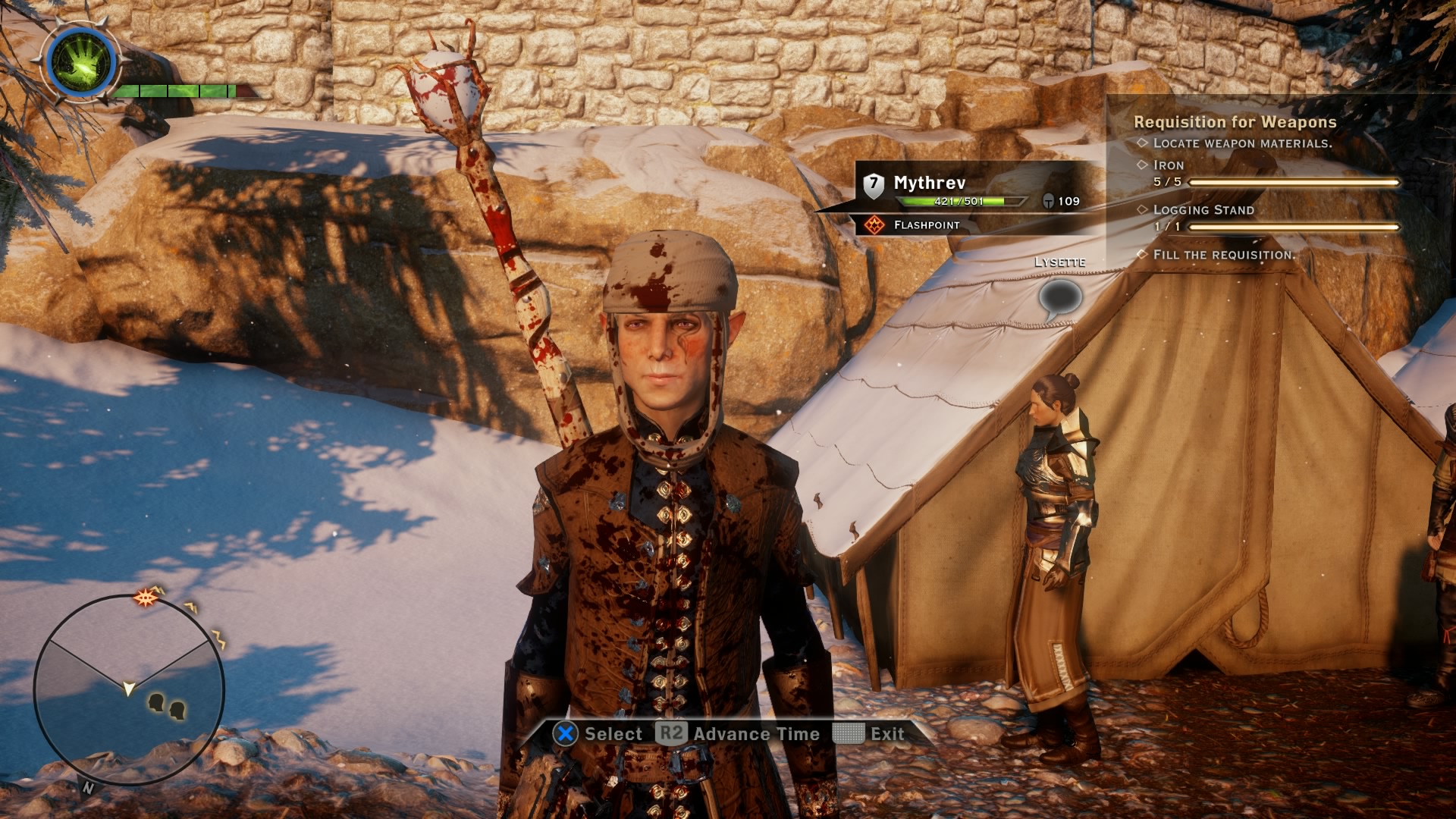
-
Dragon Age: Inquisition Review Screenshots
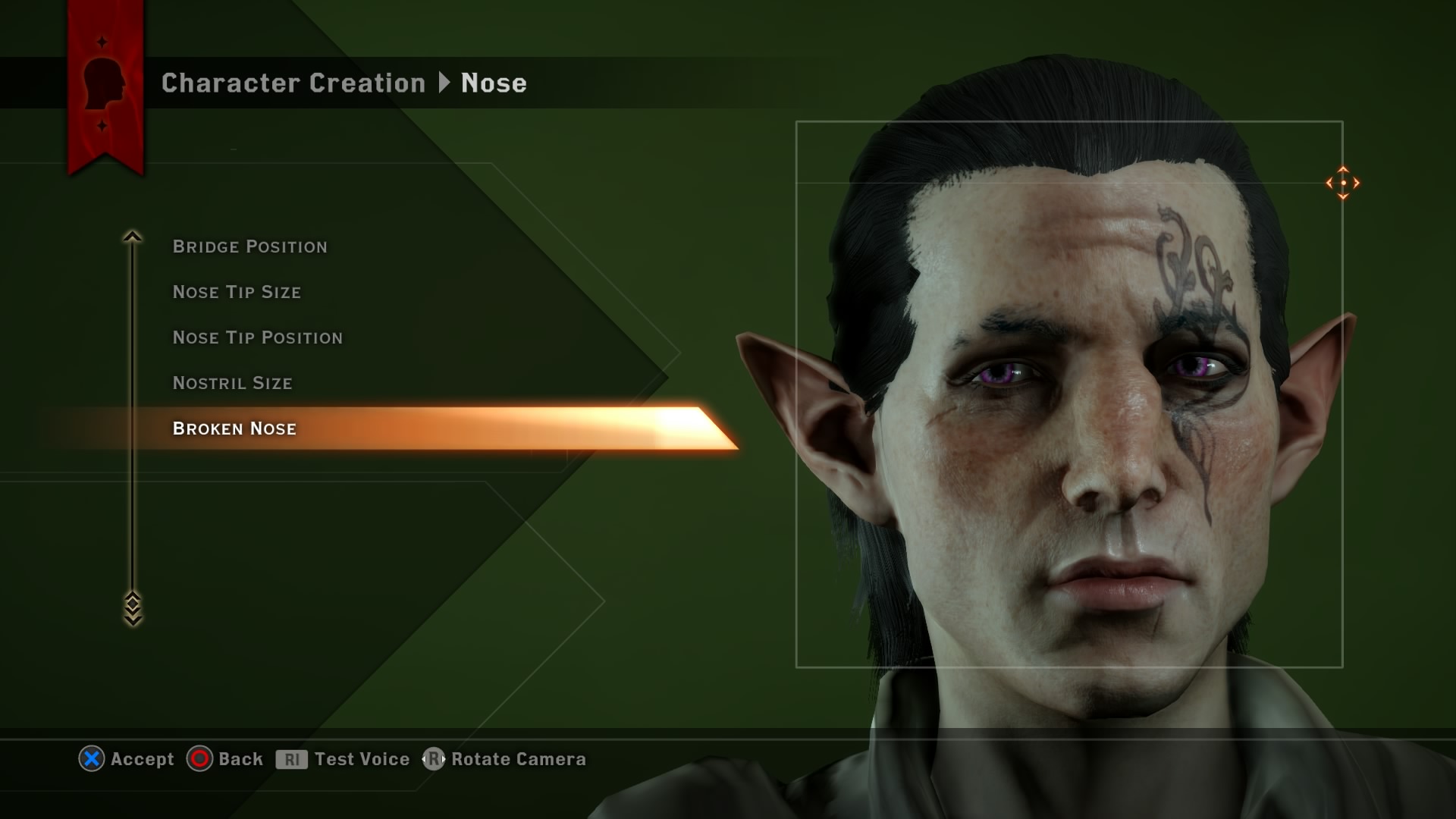
-
Dragon Age: Inquisition Review Screenshots

-
Dragon Age: Inquisition Review Screenshots
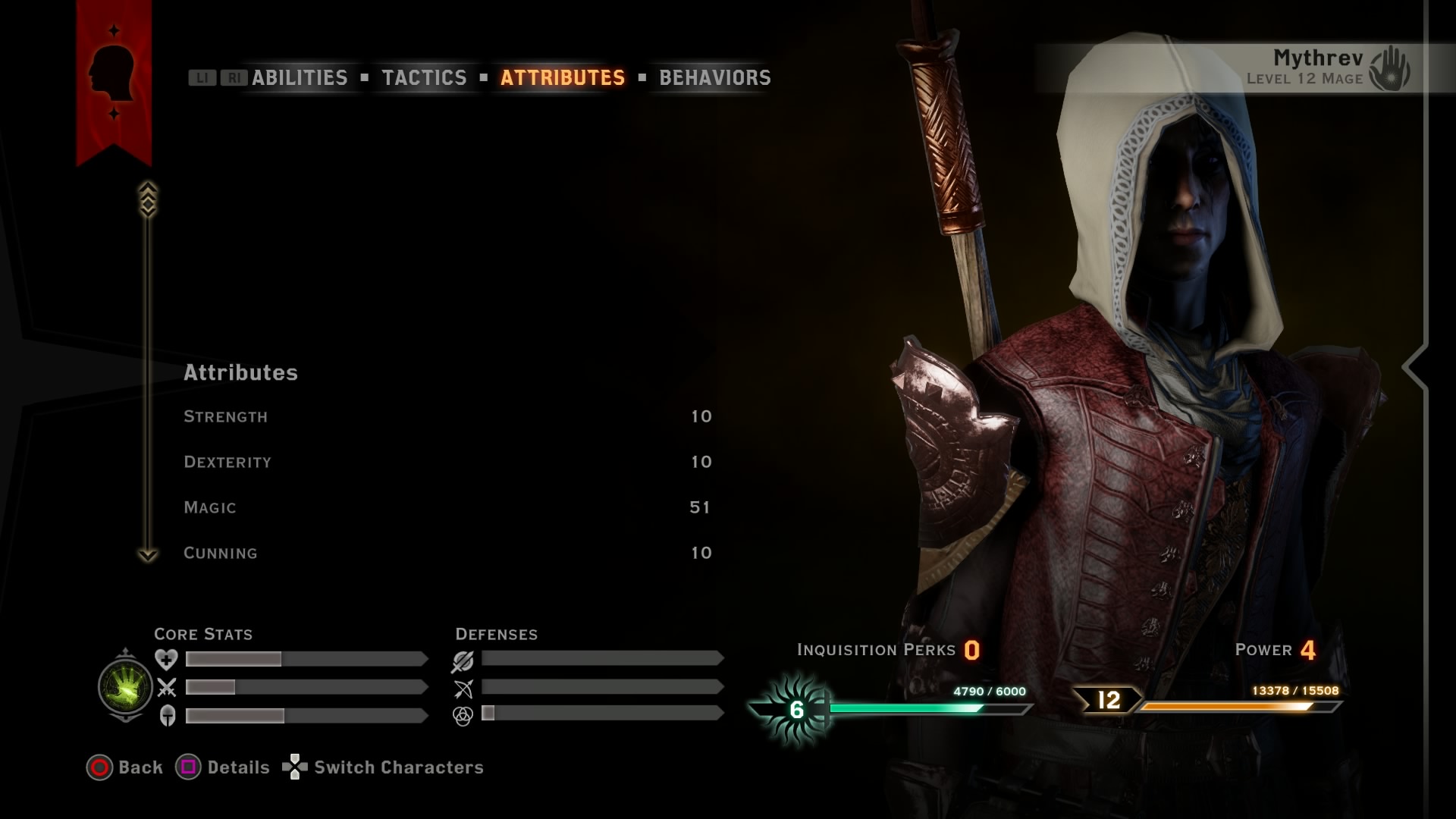
-
Dragon Age: Inquisition Review Screenshots

-
Dragon Age: Inquisition Review Screenshots
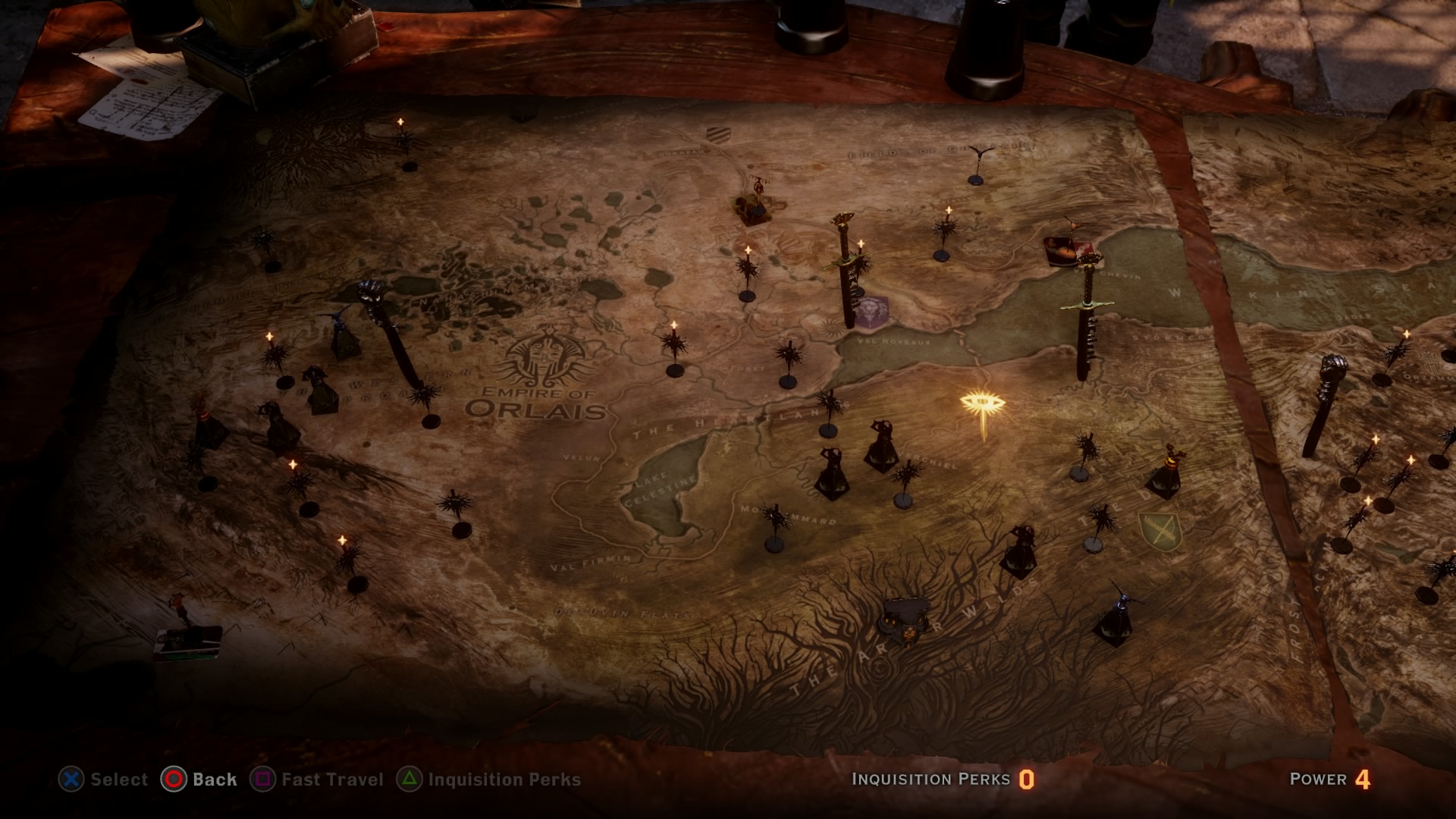
-
Dragon Age: Inquisition Review Screenshots

-
Dragon Age: Inquisition Review Screenshots
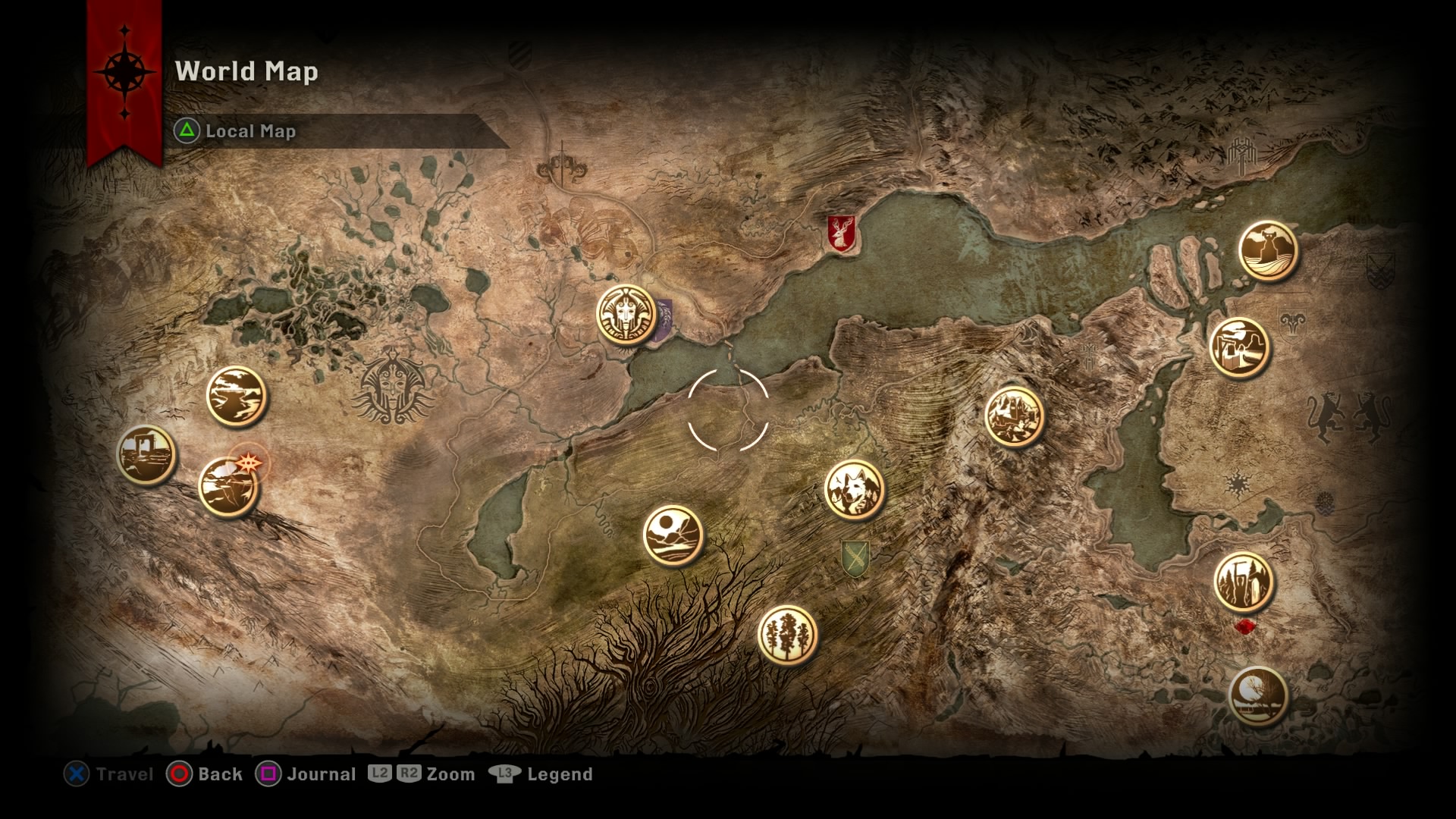
-
Dragon Age: Inquisition Review Screenshots

-
Dragon Age: Inquisition Review Screenshots

-
Dragon Age: Inquisition Review Screenshots

-
Dragon Age: Inquisition Review Screenshots

-
Dragon Age: Inquisition Review Screenshots

-
Dragon Age: Inquisition Review Screenshots
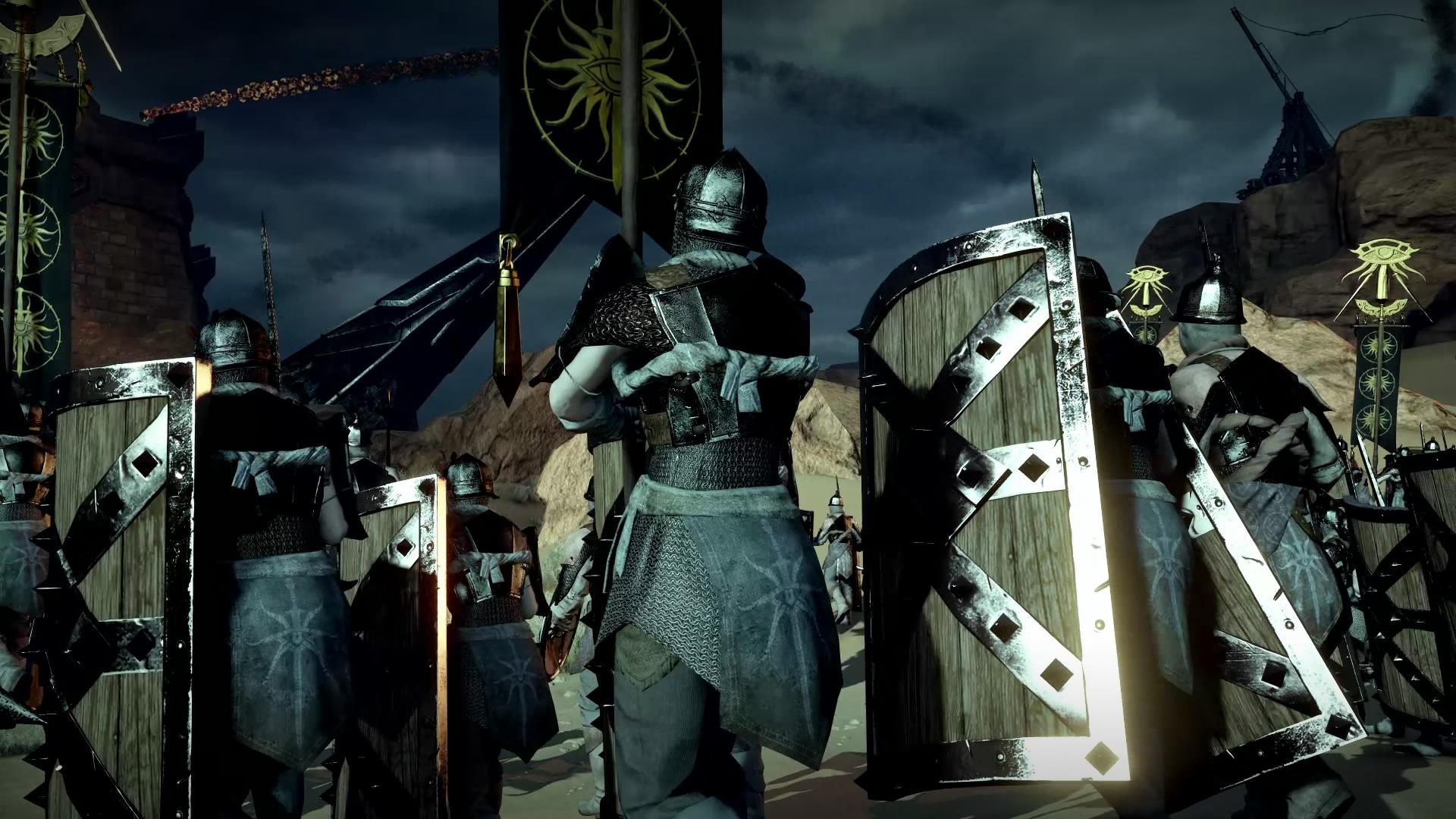
-
Dragon Age: Inquisition Review Screenshots

-
Dragon Age: Inquisition Review Screenshots
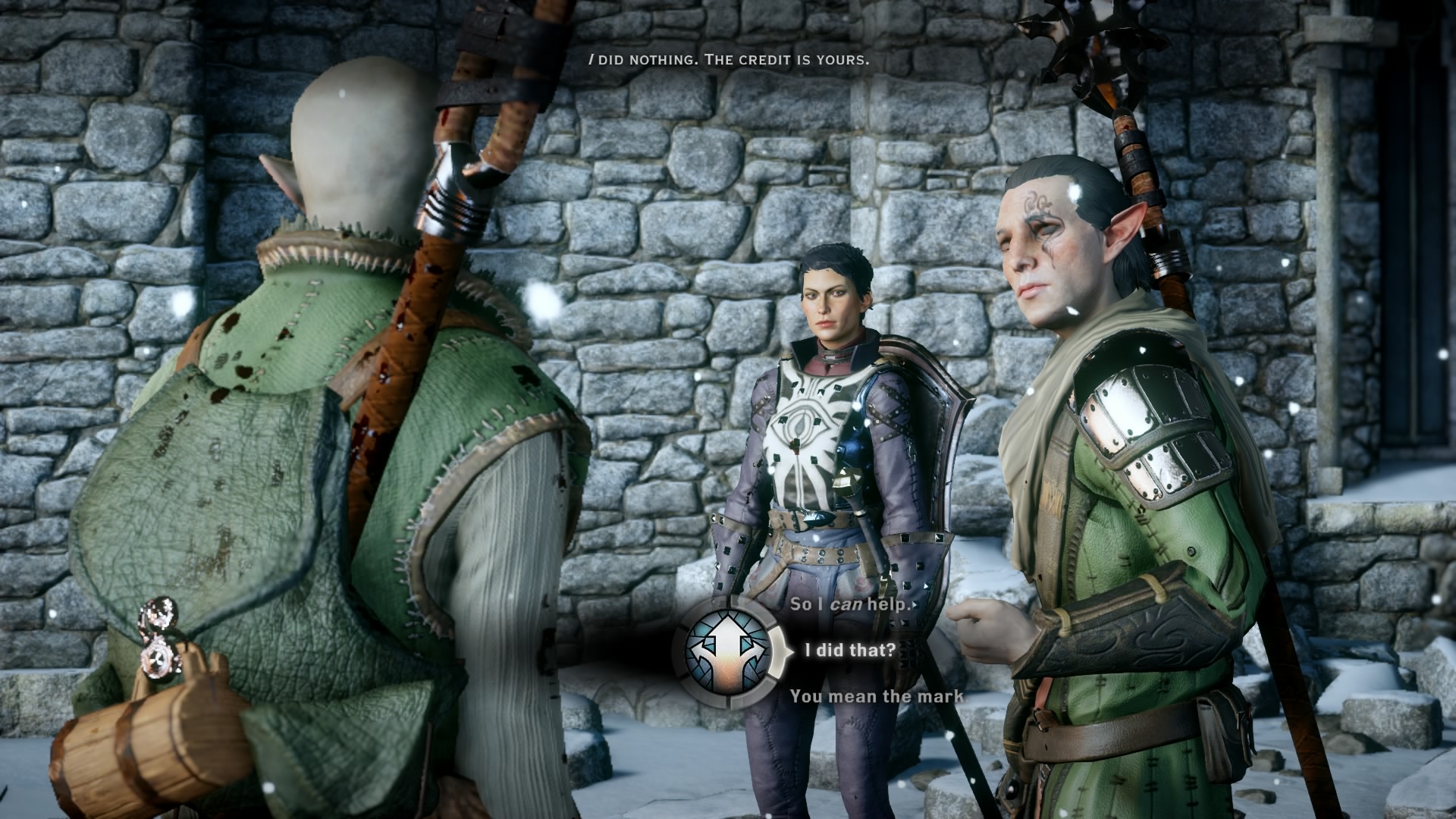
-
Dragon Age: Inquisition Review Screenshots
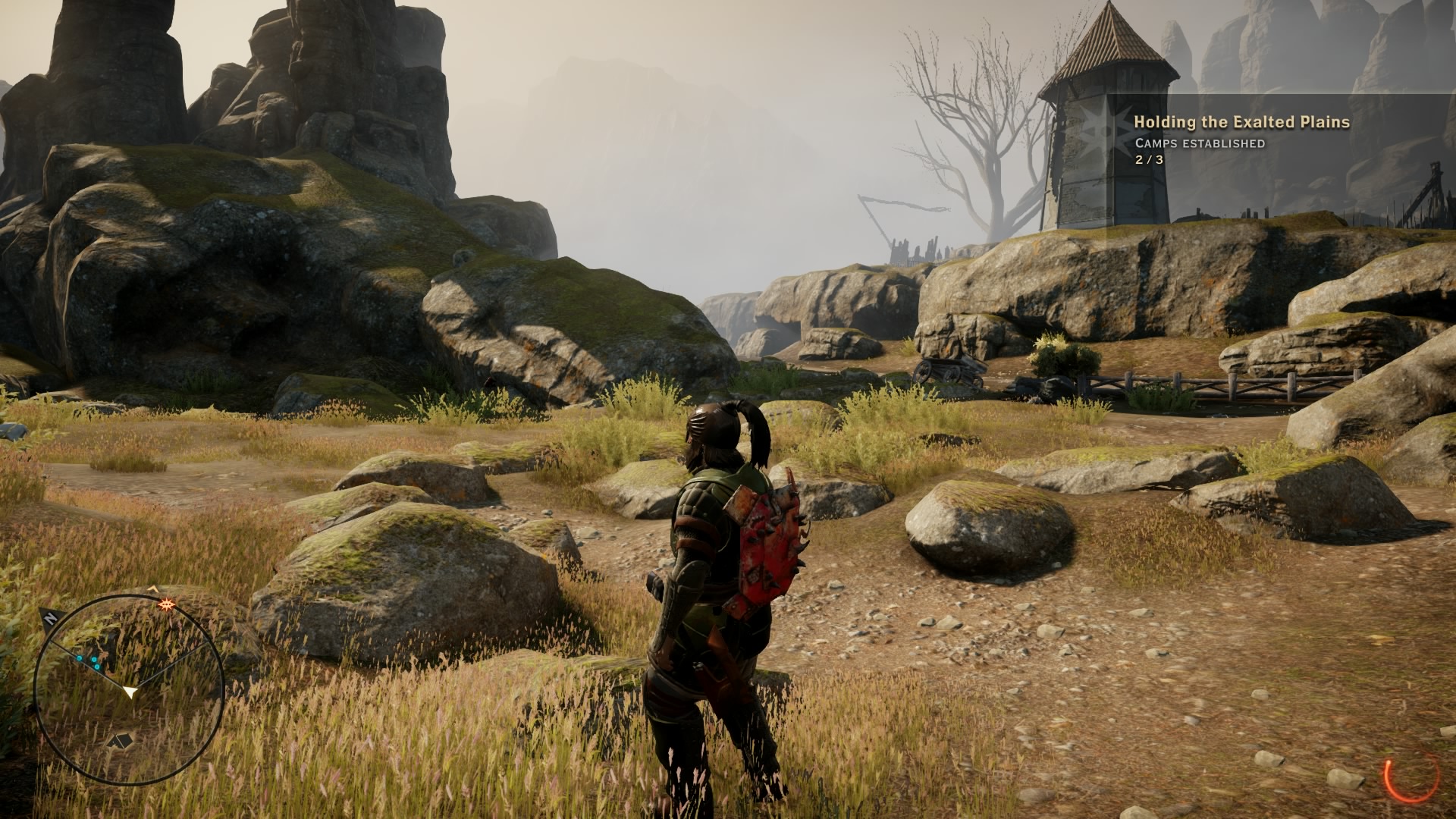
-
Dragon Age: Inquisition Review Screenshots
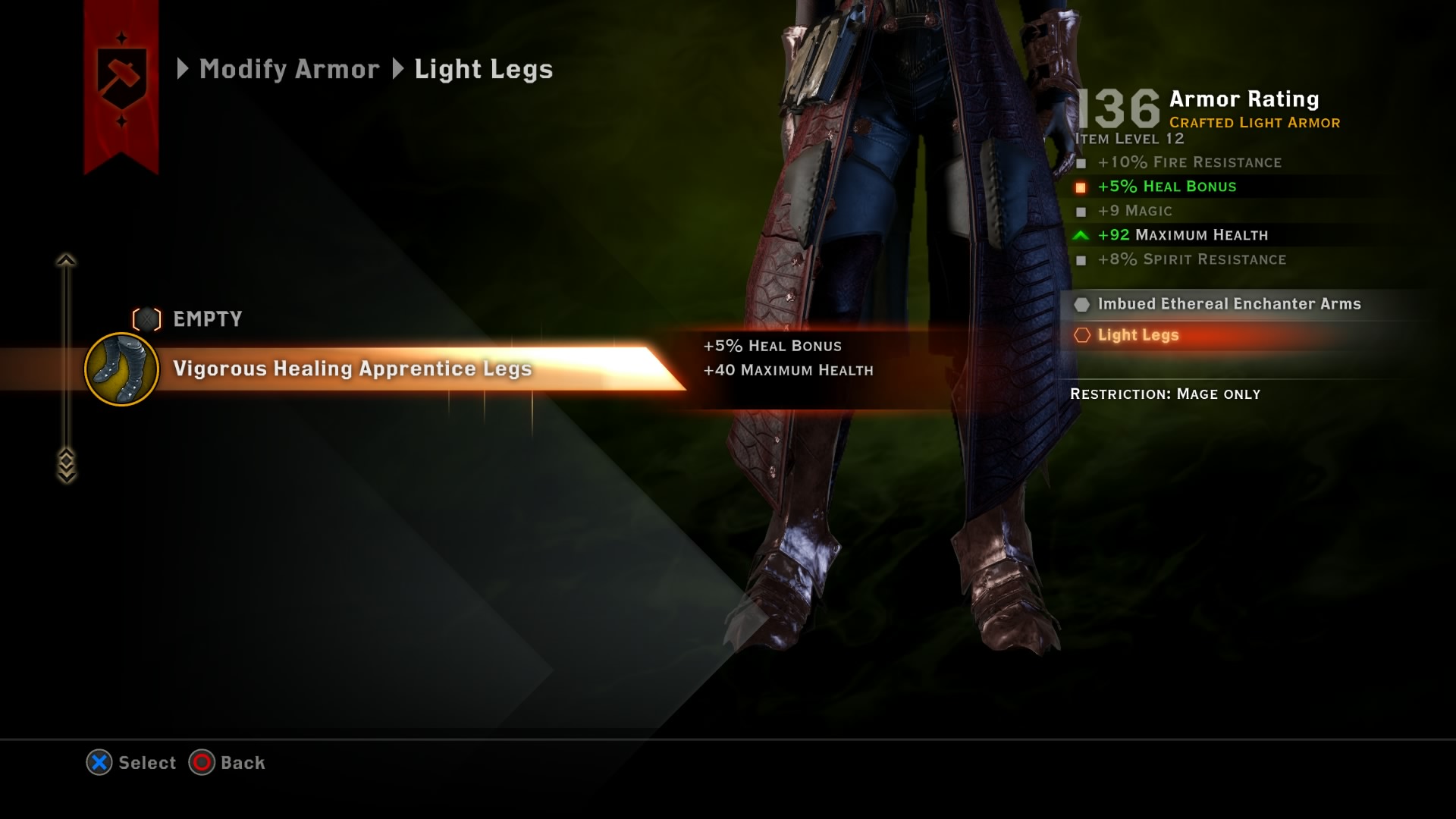
-
Dragon Age: Inquisition Review Screenshots
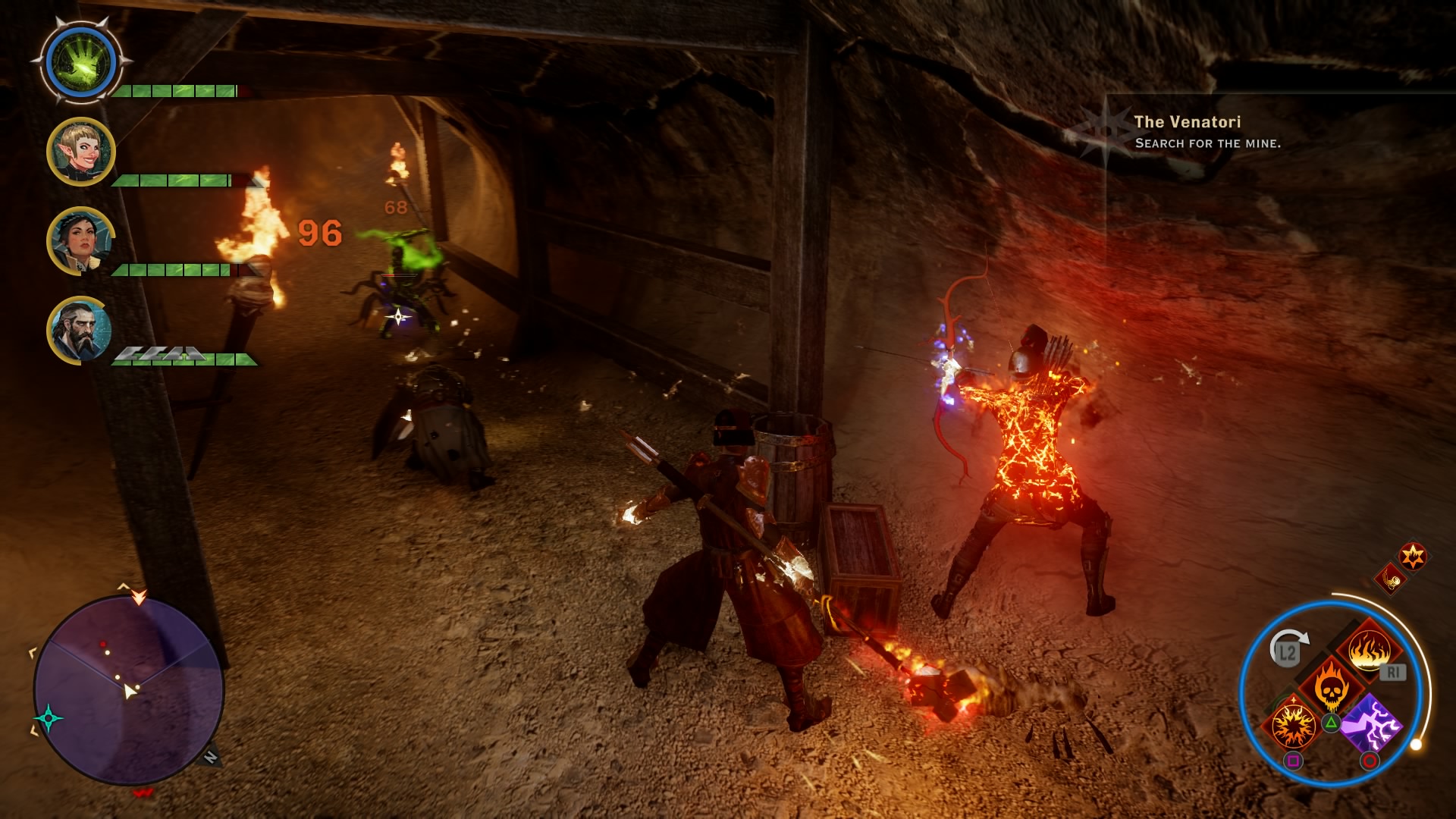
-
Dragon Age: Inquisition Review Screenshots

-
Dragon Age: Inquisition Review Screenshots

-
Dragon Age: Inquisition Review Screenshots
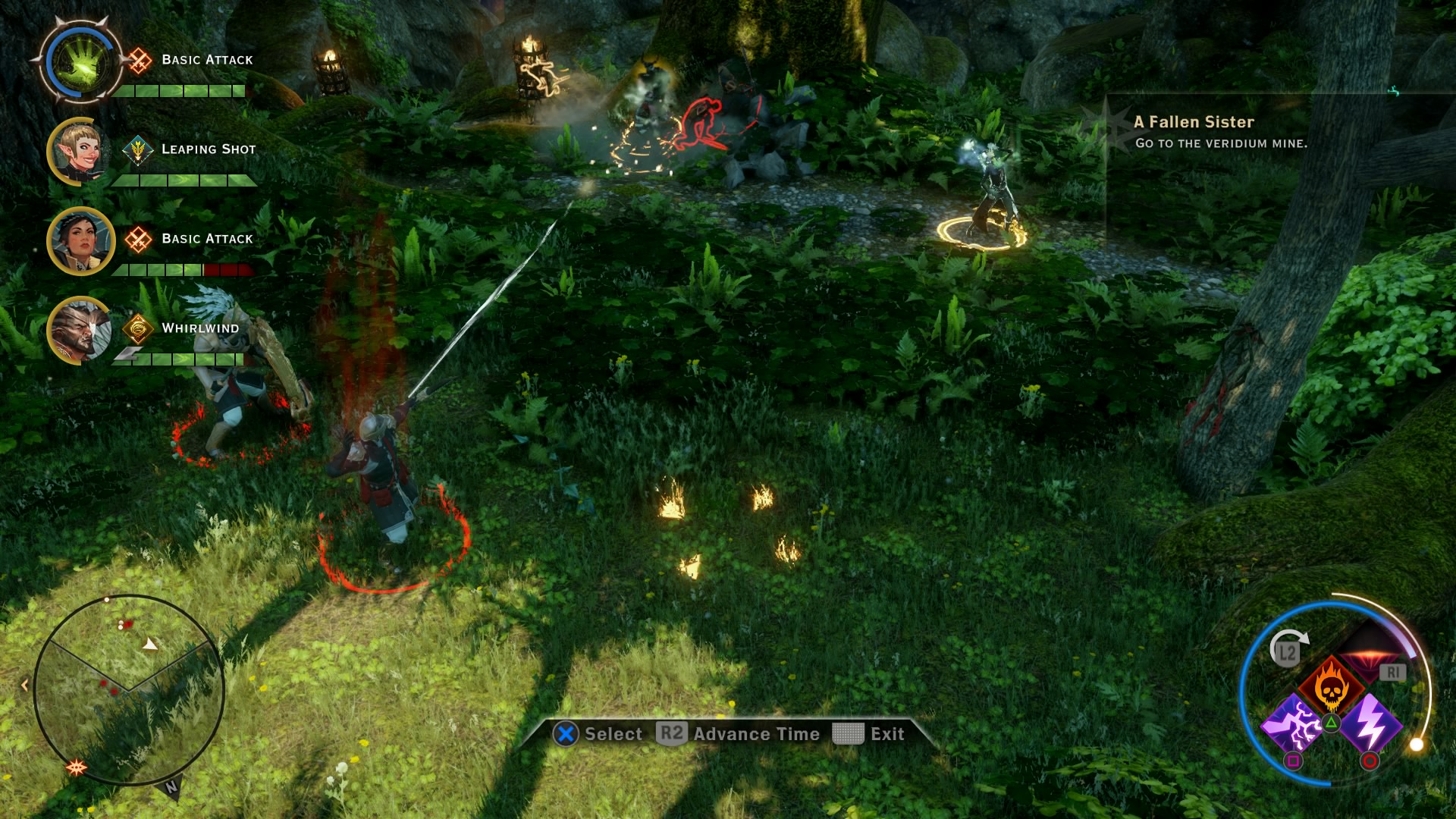
-
Dragon Age: Inquisition Review Screenshots

-
Dragon Age: Inquisition Review Screenshots
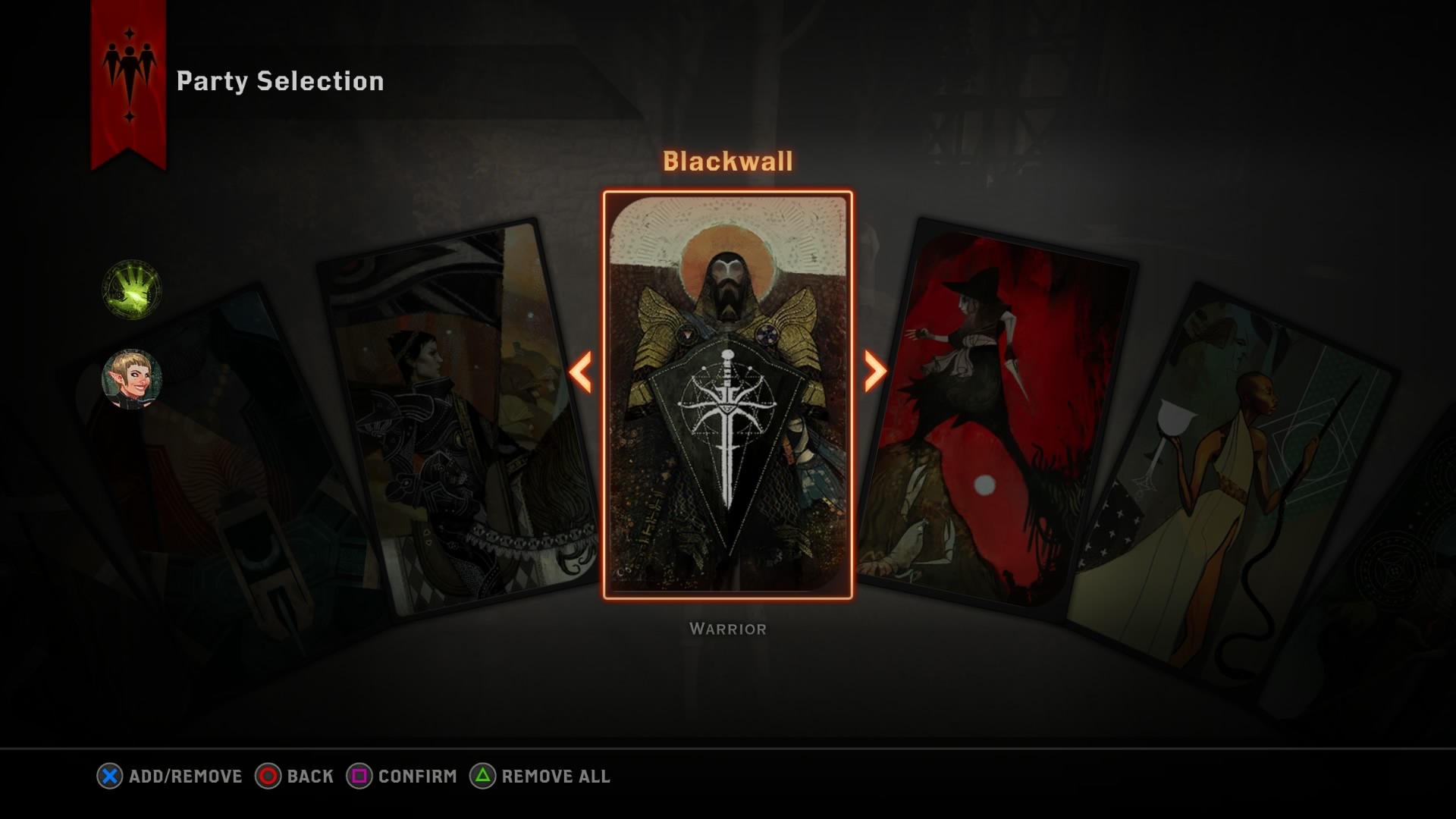
-
Dragon Age: Inquisition Review Screenshots

-
Dragon Age: Inquisition Review Screenshots
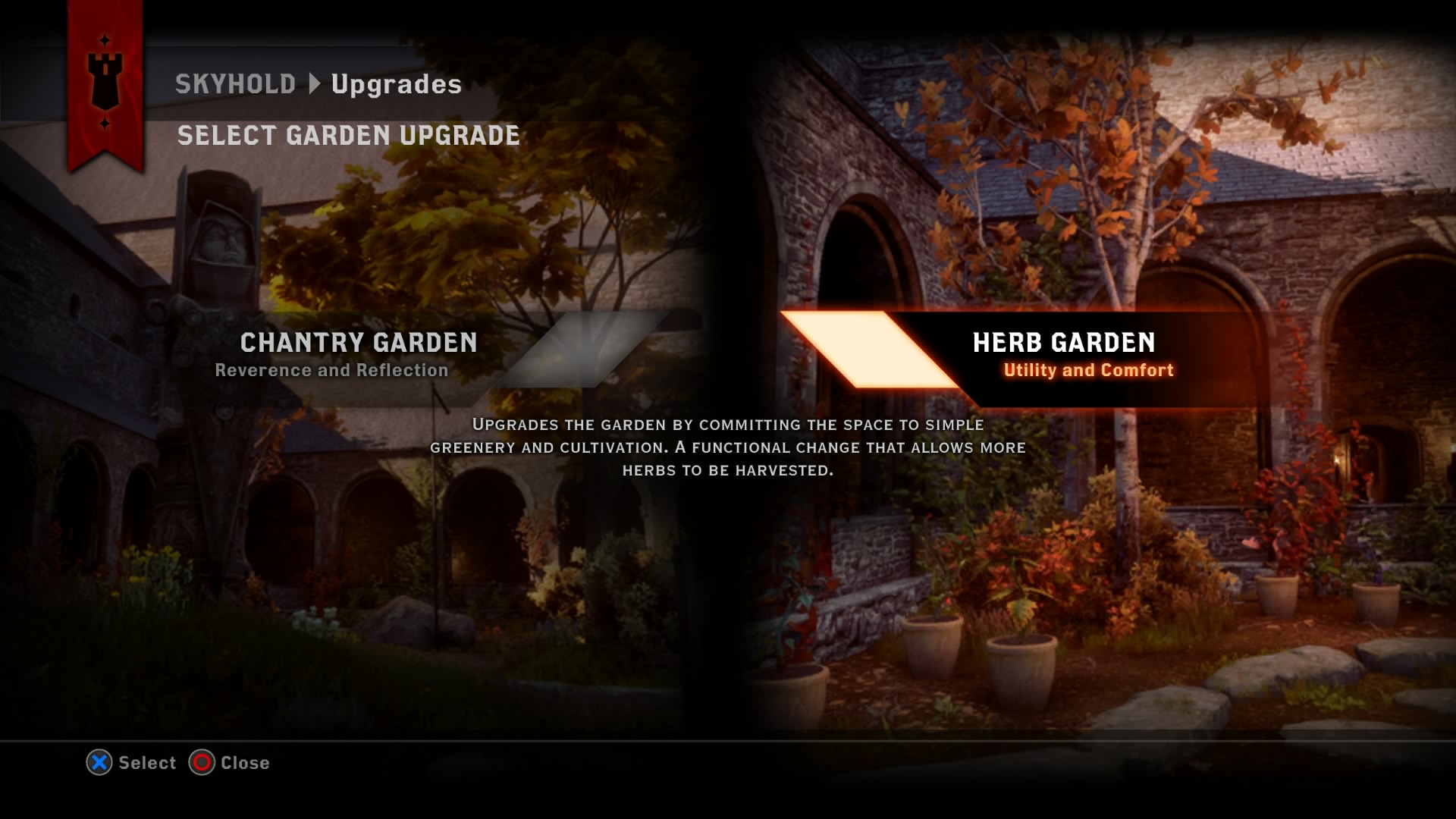
-
Dragon Age: Inquisition Review Screenshots

-
Dragon Age: Inquisition Review Screenshots
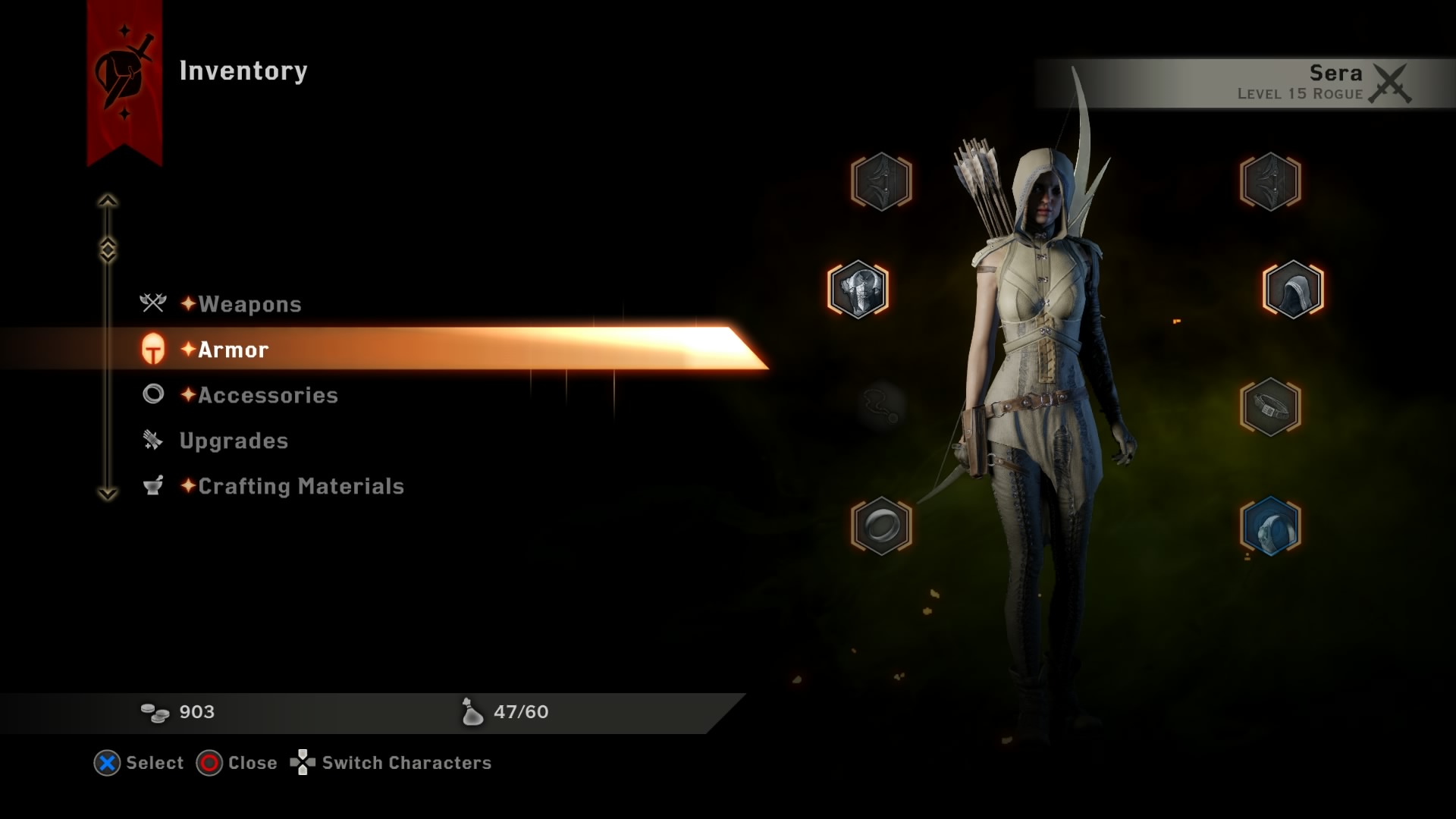
-
Dragon Age: Inquisition Review Screenshots

-
Dragon Age: Inquisition Review Screenshots
